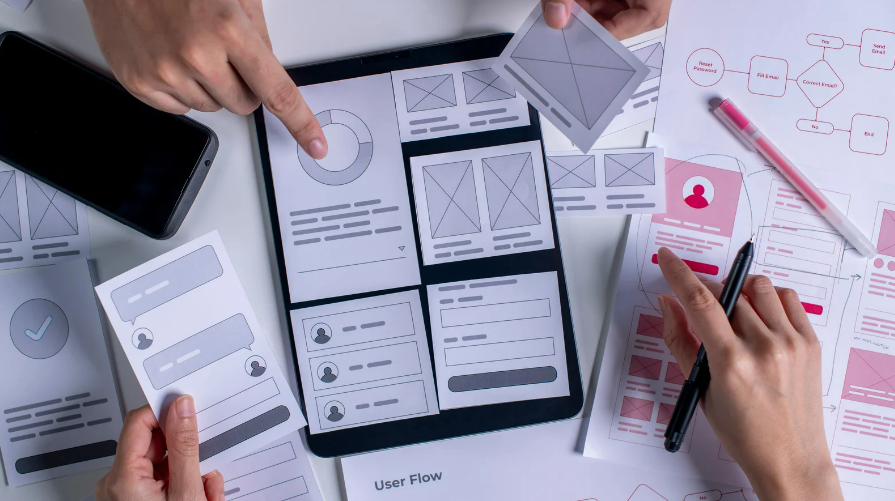When diving into the world of UI UX mobile app design, it’s crucial to understand the pivotal role it plays in shaping user experiences. As a seasoned designer, I’ve witnessed firsthand the impact of intuitive design on user engagement and satisfaction. Crafting a seamless interface that not only looks great but also functions effortlessly is the cornerstone of successful app design.
I’ll delve into the intricacies of UI/UX design for mobile apps, sharing insights and best practices honed through years of experience in the field. From user research to wireframing and prototyping, every step in the design process contributes to creating a captivating and user-friendly app. Join me as we explore the art of UI UX mobile app design and unlock the secrets to crafting apps that users love to interact with.
UI UX Mobile App Design
Crafting an exceptional user interface and user experience in mobile app design is crucial for success. Studies have shown that 88% of online consumers are less likely to return to a site after a bad experience. Therefore, investing in a seamless and intuitive UI/UX design can significantly impact user engagement and retention.
User Experience (UX) plays a vital role in guiding users through an app effortlessly, ensuring they find value in its functionalities. A well-designed user interface (UI) enhances the visual appeal and overall usability of the app, creating a memorable experience for users. Statistics reveal that 94% of users’ first impressions are design-related, emphasizing the importance of a visually appealing and user-friendly design for mobile apps.

The Role of User Experience in Mobile App Design
When it comes to mobile app design, user experience (UX) plays a pivotal role in determining the success and popularity of an application. A seamless and intuitive UX can make all the difference in attracting and retaining users. As an app developer, I always prioritize UX to ensure that users have a positive interaction with the app from the moment they launch it.
User experience design focuses on creating a smooth and enjoyable journey for users as they navigate through the app. I pay close attention to factors such as navigation, information architecture, and interaction design to deliver a cohesive and user-friendly experience. By understanding the needs and preferences of the target audience, I can tailor the UX to meet their expectations and provide real value.
User Research: Understanding Your Audience
When diving into UI UX mobile app design, one cannot underestimate the importance of user research. Understanding your audience is key to creating a successful app that resonates with users. But how do we achieve this?
- Analyze user demographics: I start by analyzing the demographics of the target audience. This includes factors like age, gender, location, and interests. By knowing who will be using the app, I can tailor the design to meet their specific needs.
- Conduct surveys and interviews: By conducting surveys and interviews, I gain valuable insights into what users are looking for in an app. This direct feedback helps in identifying pain points, preferences, and expectations.
- Utilize analytics tools: I make the most of analytics tools to track user behavior within the app. This data provides me with valuable information on user interactions, popular features, and areas that may need improvement.
By delving deep into user research, I can ensure that the UI UX design of the mobile app is not only visually appealing but also highly functional and user-centric. This understanding forms the foundation for a design that truly connects with the target audience.

Prototyping: Bringing Your App to Life
When it comes to UI UX mobile app design, prototyping plays a key role in visualizing the user interface and user experience before moving into development. It brings your app concept to life by creating interactive and clickable representations of the app’s layout and functionality.
Prototyping allows me to test and validate design ideas, interactions, and user flows in a more dynamic way. By simulating the app’s functionality, I can gather valuable feedback early in the design process, helping me iterate and refine the design to meet user needs effectively.
One benefit of prototyping is the ability to identify potential issues and usability challenges before the development stage. It helps in detecting navigation problems, interaction difficulties, or inconsistencies in the user experience, allowing for early adjustments to enhance the app’s usability and overall appeal.
